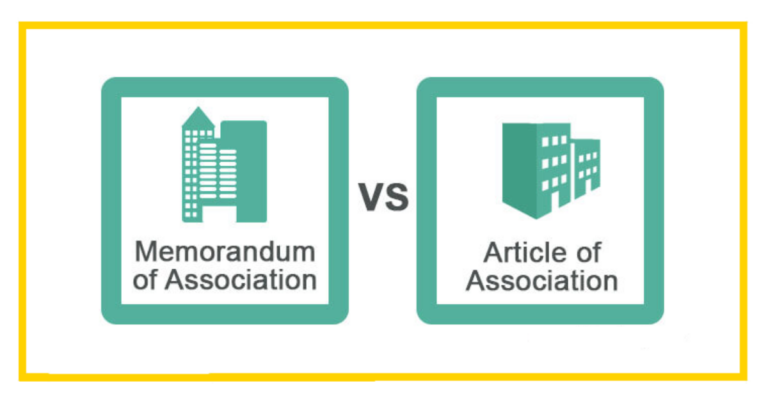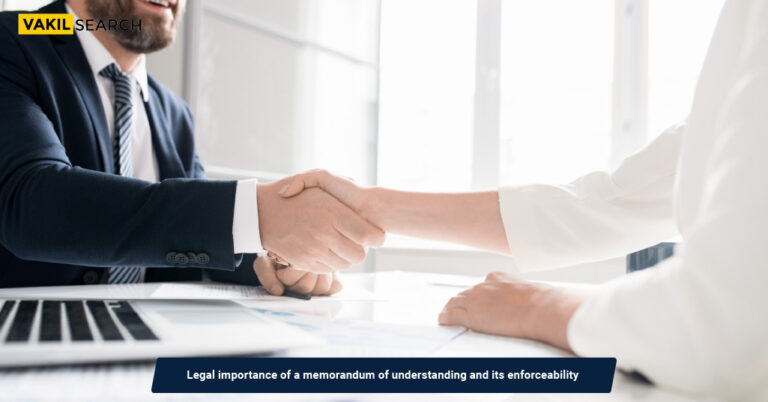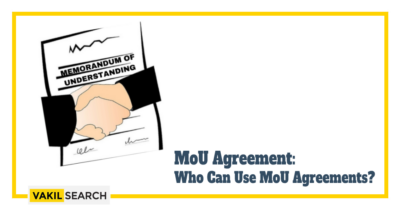Learn how using an MoU can play a critical role in M&A transactions by establishing clear expectations, streamlining negotiations, and protecting legal rights. Discover best practices for drafting an MoU in this comprehensive guide.
Mergers and acquisitions (M&A) are complex business transactions that involve the joining of two or more companies. These transactions are driven by various factors such as strategic expansion, cost savings, and the acquisition of valuable assets. However, these deals can be risky, and companies must have a clear understanding of the terms and obligations of the merger or acquisition to ensure a successful outcome. One tool that can help in this regard is a Memorandum of Understanding (MoU). This comprehensive guide will explore the role of MoU in Mergers and Acquisitions and provide insights into how it can help companies navigate these complex transactions.
Understanding Mergers and Acquisitions
Mergers and Acquisitions (M&A) is the process of combining two or more companies to form a new entity or to acquire one company by another. It is an important tool for companies looking to expand their operations, acquire valuable assets, and gain a competitive edge in the market.
Types of M&A
There are different types of M&A, including horizontal, vertical, and conglomerate mergers. Horizontal mergers occur when two companies in the same industry merge, while vertical mergers involve companies in different stages of the supply chain. Conglomerate mergers involve companies from different industries.
Why Companies Engage in M&A
Companies engage in M&A for various reasons, including strategic expansion, cost savings, and the acquisition of valuable assets. M&A can help companies gain access to new markets, customers, technologies, and talent, as well as improve operational efficiency and profitability.
What is a Memorandum of Understanding?
A Memorandum of Understanding (MoU) is a written agreement between two or more parties that outlines the terms and obligations of a proposed transaction. MoUs are non-binding and are used as a tool to facilitate negotiations and provide a framework for a future agreement.
Drafting an MoU in Mergers and Acquisitions
A well-drafted MOU can set the stage for a successful M&A transaction. It should include important information about the companies involved, the terms of the transaction, and any other relevant details. Some key elements to consider when drafting an MOU for M&A include:
- Parties Involved: Clearly identify the companies involved in the M&A transaction, including their legal names, addresses, and any relevant registration numbers.
- Transaction Structure: Outline the structure of the transaction, including whether it is an asset purchase, stock purchase, merger, or other type of transaction.
- Consideration: Specify the consideration being exchanged in the transaction, including the form of consideration (e.g. cash, stock, or other assets), the amount, and any conditions or contingencies.
- Due Diligence: Outline the scope and timing of the due diligence process, including any key documents or information that will be exchanged.
- Confidentiality: Include provisions that protect the confidentiality of any non-public information exchanged during the transaction, including any restrictions on the use or disclosure of such information.
- Termination: Specify the circumstances under which the MOU can be terminated, and any related consequences (e.g. fees, damages, or other penalties).
Key Advantages of Using an MoU in Mergers and Acquisitions
Using an MoU in Mergers and Acquisitions transaction can provide a number of important advantages, including:
- Establishing Clear Expectations: By clearly defining the terms and structure of the transaction upfront, an MOU can help establish a shared understanding between the parties and prevent misunderstandings later on.
- Saving Time and Money: By providing a roadmap for the transaction, an MOU can help streamline the negotiation process and avoid delays that can result in additional costs.
- Improving Negotiation Power: By establishing key terms upfront, an MOU can help strengthen the negotiating position of the parties involved, particularly in the context of complex or competitive transactions.
- Providing Legal Protection: By including key provisions related to confidentiality, termination, and other issues, an MOU can help protect the legal rights and interests of the parties involved.
Best Practices for Drafting an MoU in Mergers and Acquisitions
A well-drafted MOU can set the stage for a successful M&A transaction. To ensure that the MOU is effective, there are several best practices to keep in mind:
Tailor the MOU to the Specific Transaction
Every M&A transaction is unique, and the MOU should be tailored to the specific needs and circumstances of the parties involved. This means taking into account the structure of the transaction, the types of assets being exchanged, and any other relevant factors. By customising the MOU to the specific transaction, the parties can ensure that it accurately reflects their intentions and expectations.
Use Clear and Concise Language
The language used in the MOU should be clear and concise, avoiding technical jargon or legal terms that may be confusing to the parties involved. By using plain language, the parties can ensure that everyone has a clear understanding of the terms of the transaction, which can help prevent misunderstandings later on.
Ensure Legal Compliance
The MoU in Mergers and Acquisitions should comply with all applicable legal requirements, including any regulations or laws governing M&A transactions. This means consulting with legal experts to ensure that the MOU meets all legal standards and that it does not contain any provisions that could be deemed illegal or unenforceable.
Involve Legal and Financial Experts
To ensure that the MOU is effective and legally binding, it is important to involve legal and financial experts in the drafting process. These experts can help identify key issues and risks, and can provide guidance on how to structure the transaction to minimise these risks.
Review and Update the MOU Regularly
Finally, it is important to review and update the MOU regularly to ensure that it accurately reflects the parties’ intentions and expectations. This means revisiting the MOU periodically to ensure that it remains relevant and up-to-date, particularly as the transaction progresses.
By following these best practices, the parties can increase the chances of a successful M&A transaction and ensure that the MOU provides a clear roadmap for the transaction.
Conclusion
In conclusion, using an MoU in Mergers and Acquisitions transactions by helping to establish clear expectations, streamline negotiations, and protect the legal rights and interests of the parties involved. As an online legal service provider, Vakilsearch can assist in the drafting and review of MoUs for M&A transactions to ensure legal compliance and protection of the parties’ interests. Our legal experts can also provide guidance on best practices for drafting and negotiating MoUs, as well as updates and revisions to ensure their effectiveness throughout the transaction.
Also, Read:










